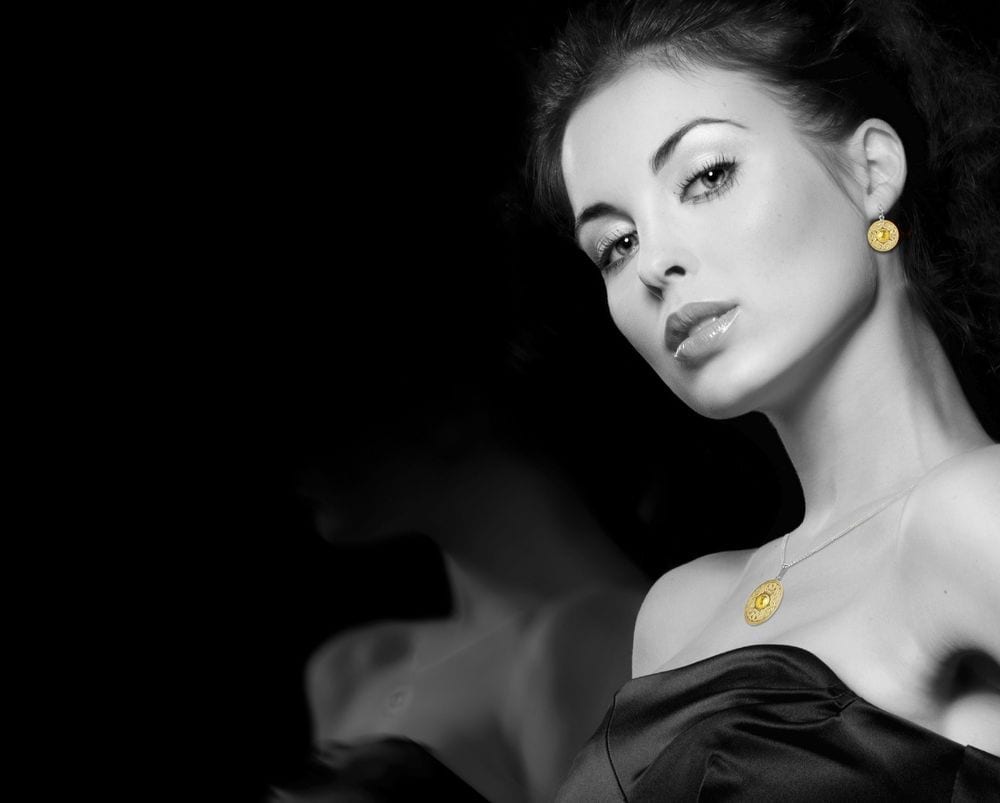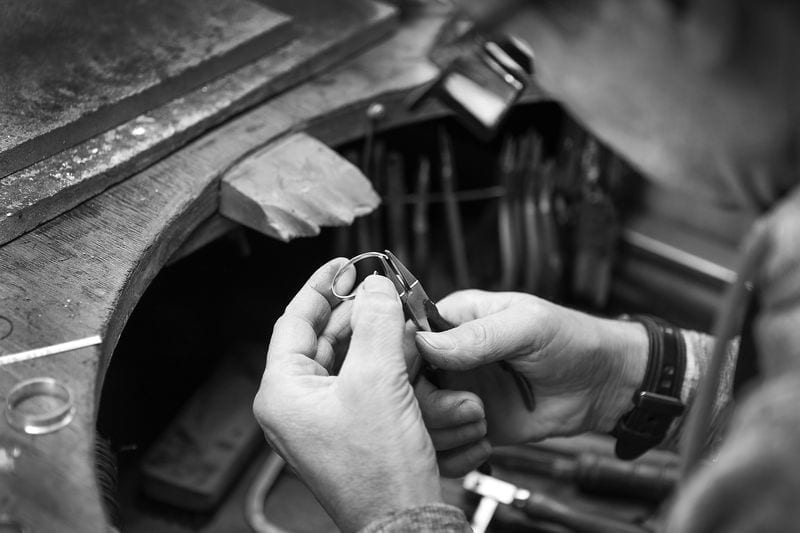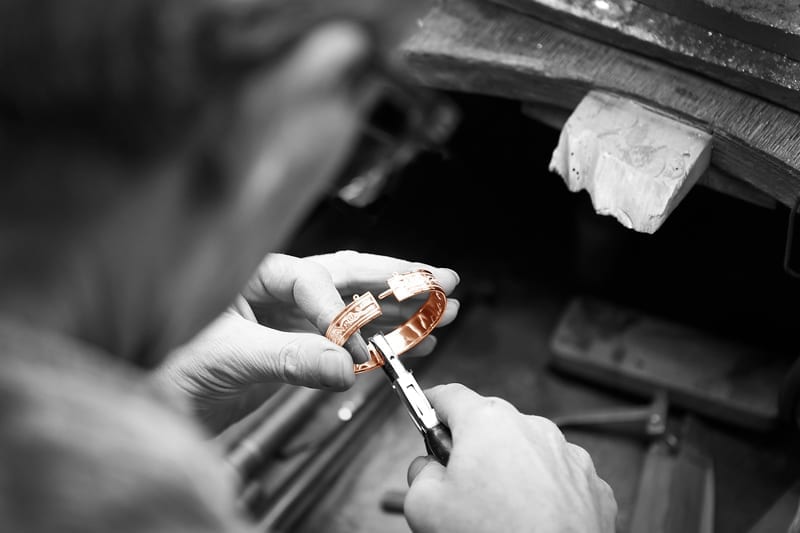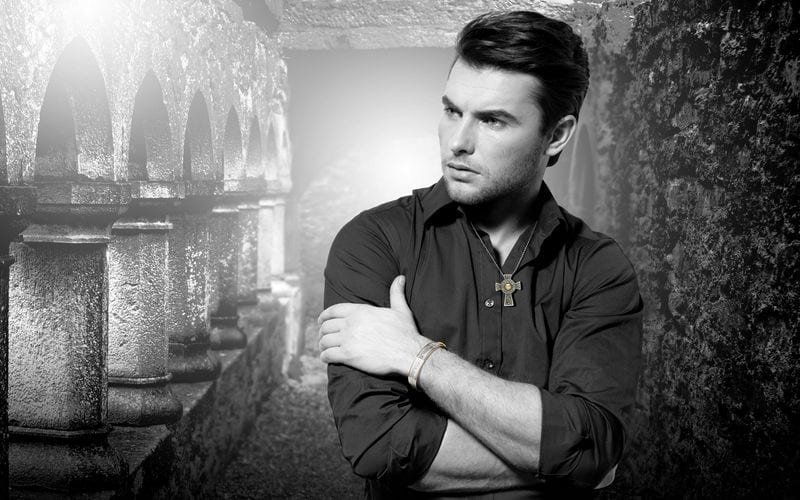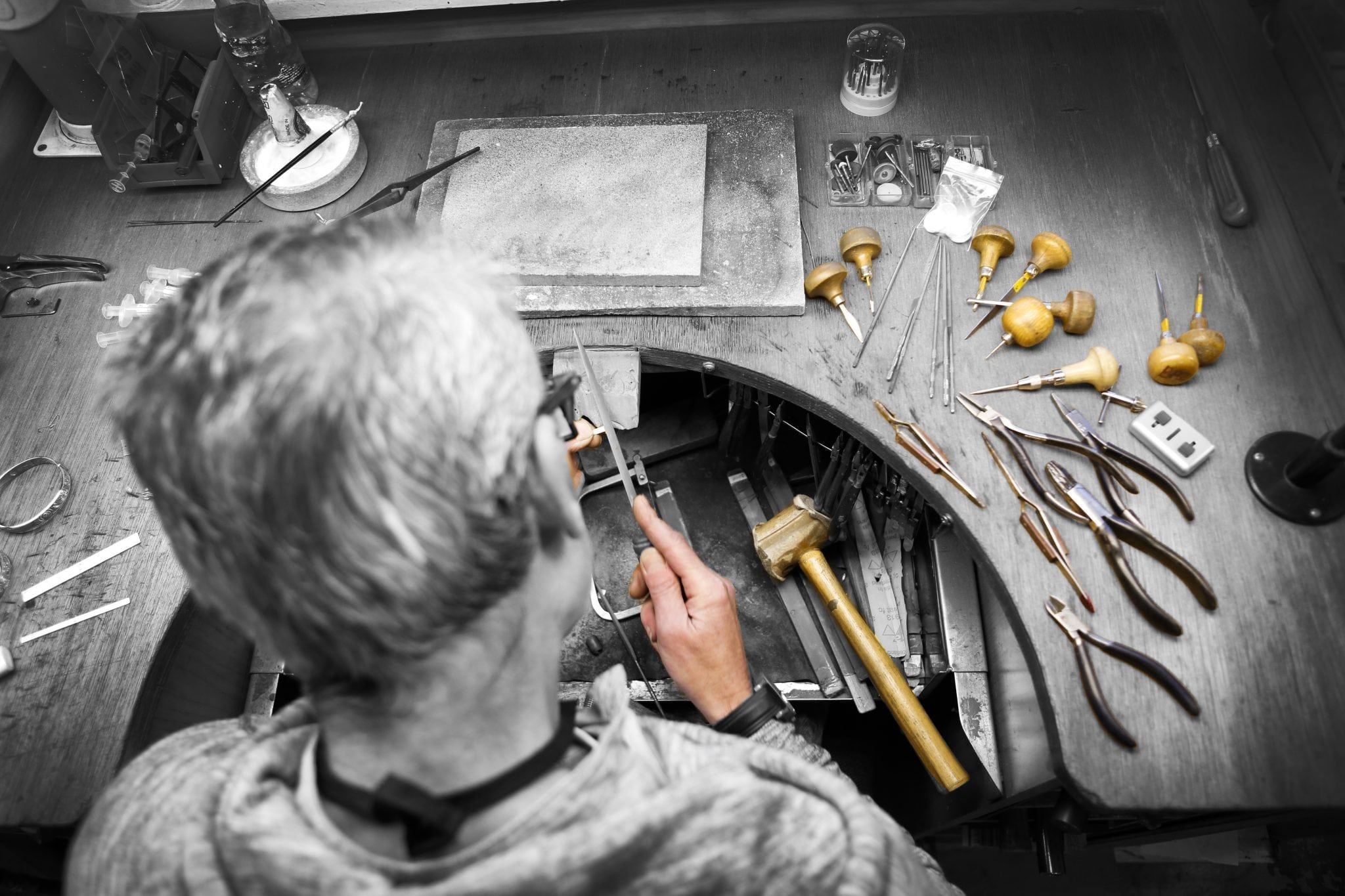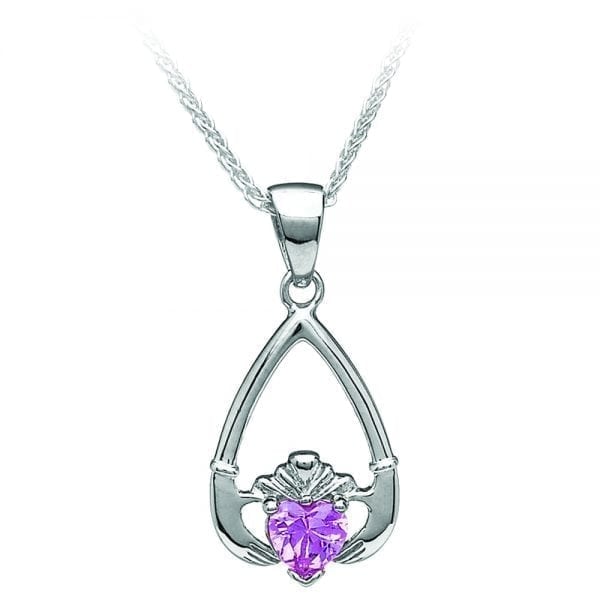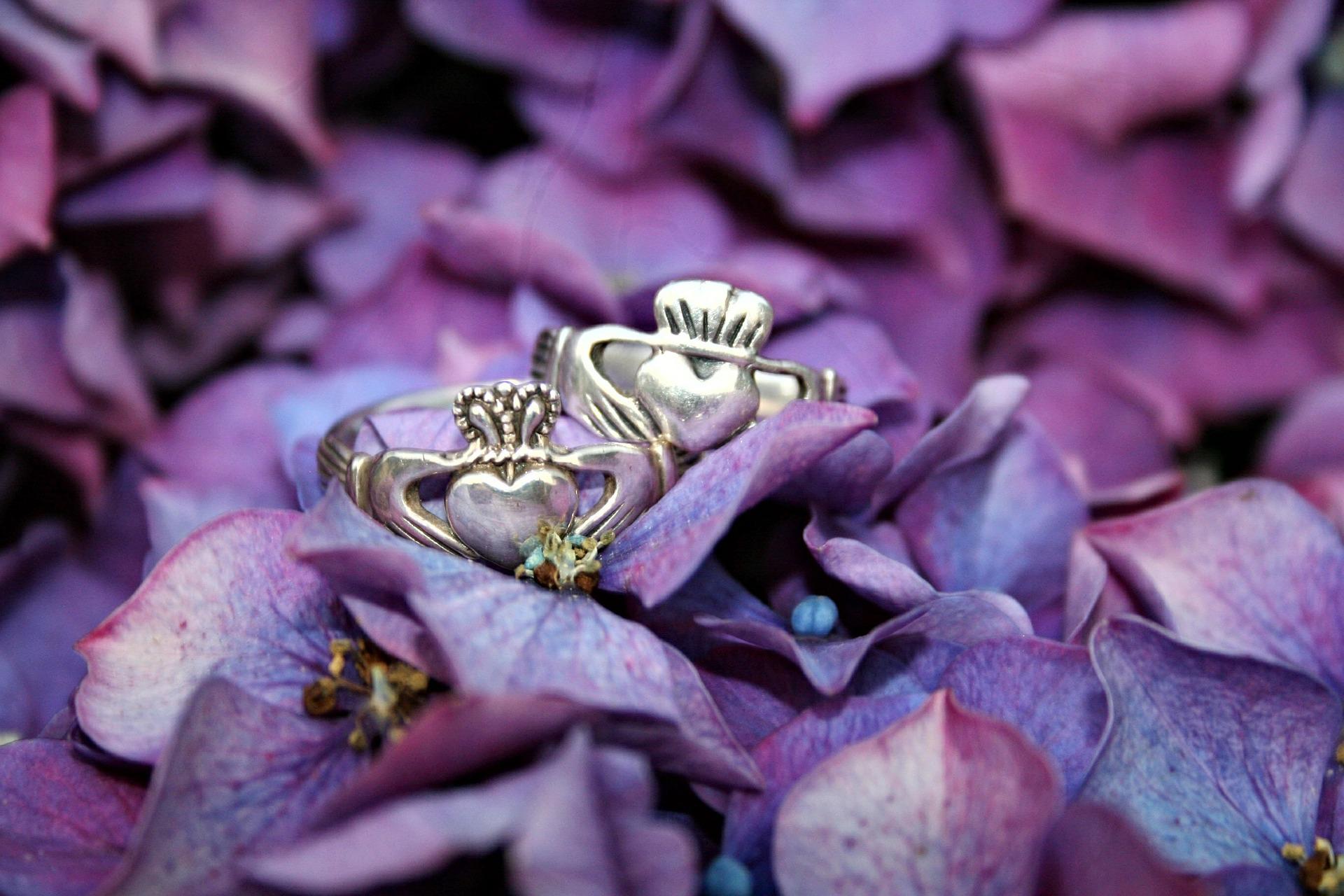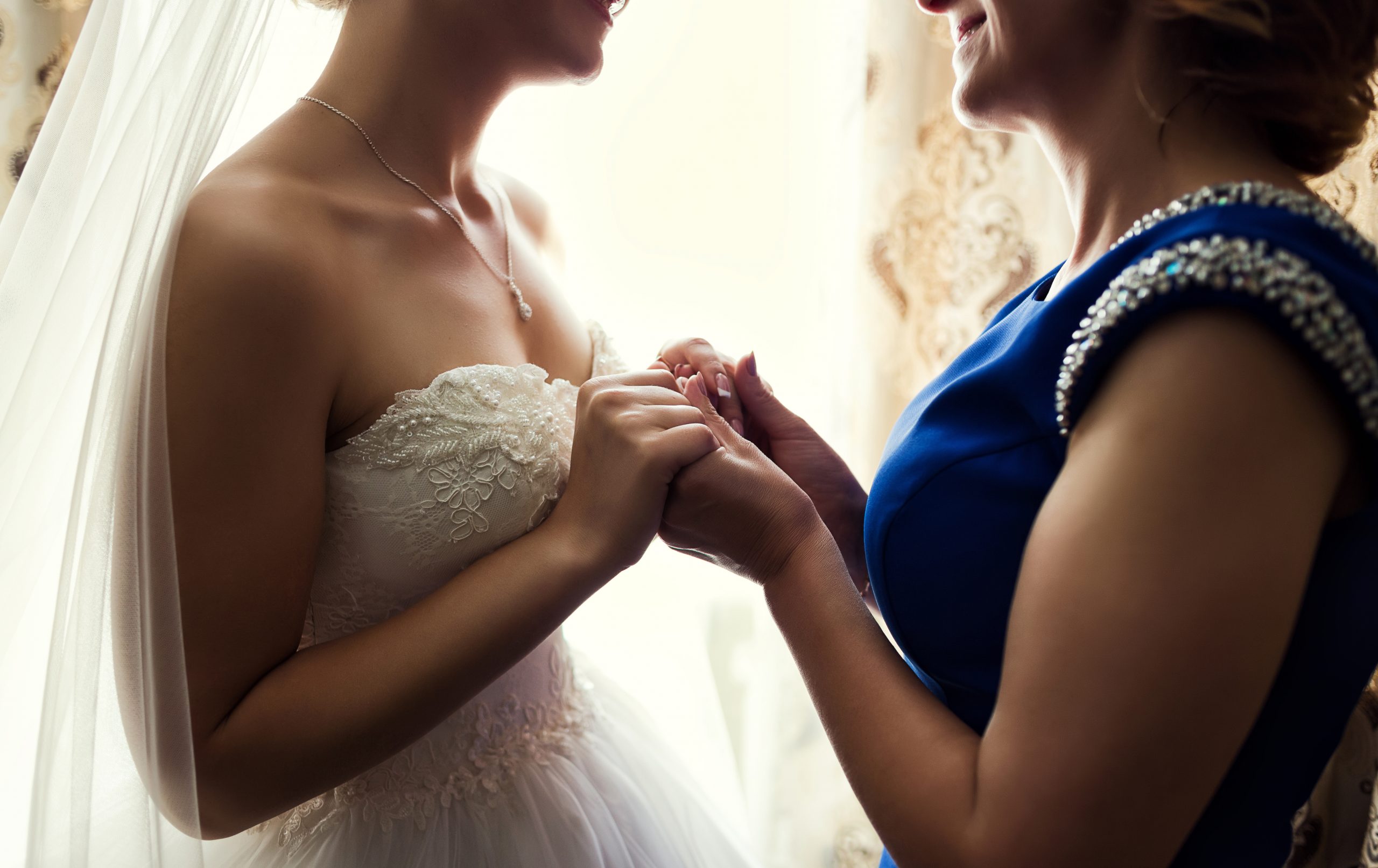Celtic Love Symbols & Their Meaning: Jewelry To Choose For Your Partner
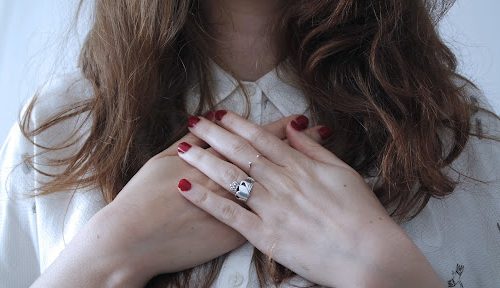
The Celts brought Celtic symbols such as the Celtic Knot and the Celtic Cross to Ireland hundreds of years ago. Hence, it’s no wonder that Celtic symbols and their meanings are inextricable elements of Irish culture and history.
Whether you are simply interested in Irish culture or looking for a gift for your beloved Irish better half, these symbols and their meanings will come in handy. In this article, we’ll discuss the origin and meaning of Celtic love symbols, and explain more about each symbol individually to make gift shopping for your partner easier.
Where Do Celtic Symbols Come From

The Celts and Celtic symbols have long been associated with folklore and tradition, particularly in regards to their architectural and ceremonial practices. Because of their reliance on the seasons, even natural events became deities for the Celts. The sun, rain, thunder, and lightning were all factors that dominated their life as small farming communities, and the Celts attributed god-like abilities to these forces. Naturally, these elements also formed much of what is now known as Celtic symbolism.
This is where Celtic symbols originated, and it’s still the case today considering these symbols are still widely used. The Celts had a deep connection to the natural world, reflected in the symbols they developed. Celtic symbols were a way for them to use invocation and painting to influence life, as well as a method to document their cultures and traditions as a farming civilization.
Celtic Love Symbols
Nowadays, people use Celtic symbols to connect to each other and express a shared heritage that has lasted the test of time in places like Ireland, Wales, and Scotland. Most importantly, symbols express love and a connection to a deep and storied past not based on ancestry but rather on a shared cultural identity.
Here below, you’ll learn more about Celtic love symbols, including the Claddagh ring, the love knot, the three-leaf clover, and Serch Bythol.
The Claddagh Ring

Photo by Giulia Bertelli on Unsplash
The Claddagh ring (fáinne Chladaigh in Irish) is a traditional Irish ring that symbolizes love (heart), loyalty (crown), and friendship (hands). It was first created in its present form in the 17th century in the little Galway fishing town of the same name. The ‘GH’ ending is added for phonological English speakers to create the guttural, croaky sound that doesn’t have a sign in our language.
According to folklore, Richard Joyce, a fisherman from Claddagh near Galway, was the one who created the ring for her lady love. They’re often exchanged as a symbol for courage, loyalty and devotion among Irish folk. The Claddagh ring is also commonly used as a wedding ring. It’s customary to give a Claddagh ring as a gift rather than purchase one for yourself. These rings and the way they are worn indicate a person’s marital status:
- The right hand with the heart pointing to the fingertips indicates the wearer is single and possibly looking for love.
- The bearer is in a relationship when the heart points toward the wrist on the right hand.
- The owner is engaged if the heart is pointed toward the fingertips on the left hand.
- The left hand with the heart tipping toward the wrist shows that the person is married.
Love Knot
In Celtic, Hindi, and Norse traditions, a man and a woman were physically bound to symbolize their union as two lovers. The love knot, also known as the lover’s knot, is an eternal love symbol symbolizing an unbreakable relationship between two lovers. It’s made of uninterrupted loops with no beginnings or ends, symbolizing a married couple’s infinite love.
Various Celtic love knots, including sailor’s knots, depict a sailor’s longing for his beloved. The Celtic Love Knot, also known as the Anam Cara Knot (from Celtic wisdom, “soul buddy”), is a relatively new addition to the Celtic knot family. These knots are thought to have been exchanged by Celts the same way that many couples do nowadays.
In religion and spirituality, Anam Cara is a Celtic phrase for “soul companion.” The Irish word Anamchara, meaning “soul” and “fellow,” is also anglicized. In the Celtic faith, “soul buddies” are regarded as a significant and integral part of spiritual development. According to Aengus’ Martyrology, Brigid of Kildare admonished a young cleric, “…anybody without a soul companion is like a body without a head.”
Three Leaf Clover

Photo by Yann Lerjen on Unsplash
The Shamrock is Ireland’s national flower and a well-known symbol of the country. It is not to be confused with a four-leaf clover, as it’s a young sprig with only three leaves. This little bright green three-leafed plant grows in cool, damp areas and can be found all around Ireland. Shamrock is derived from the Irish seamróg (seamair óg), meaning young clover or sprig. It has been linked to the Celtic goddess Ana/Anu, with the three leaves symbolizing her roles as Ireland’s maiden, mother, and crone.
The shamrock is thought to be a significant Druid symbol as well. Of course, many people don’t know that the three heart-shaped leaves were thought to symbolize the triad by Druids. Moreover, St Patrick is said to have used it as a metaphor for the Christian Holy Trinity circle. The Father, Son & the Holy Spirit were each represented by a leaf. Of course, the three-leaf clover had significance in Ireland long before St. Patrick began to convert the masses.
There are several tales regarding shamrocks possessing magical abilities. Some believe that the shamrock has the ability to forecast the weather. Others believe it has the power to break a leprechaun’s curse. The number three was thought to have magical properties, and it frequently appeared in Celtic folklore. Because the Celts were familiar with the shamrock, applying their shamrock knowledge to the trinity’s magic was simple. The three leaves are also thought to represent faith, hope, and love.
Serch Bythol

Photo by Roman Kraft on Unsplash
Although less well-known than the other Irish symbols on this list, the Serch Bythol is an important Celtic symbol. Two triskeles combine to produce this Celtic emblem of everlasting love. The three-cornered knots, known as triskeles, represent the three parts of two people: body, mind, and spirit. It indicated that ancient Celtic people had solid relationships and emotions. Together, the two triskeles form a circle: the endless circle of eternity.
The coming together of the spirit, mind, and body is symbolized by the unification of the symmetrical right and left halves, with the central trinity circle representing the everlasting love that ties the halves together. This is a wonderful present to give because it not only has a meaningful significance but also looks very beautiful!
Many Irish folks believe that the Serch Bythol stands for more than just the first three elements of human life (mind, body & spirit). Some have also interpreted the Serch Bythol’s symbolism in different ways, including:
- The mother, the father & the child
- The past, present & future
- Death, rebirth & life
- Love, respect & safety
Meanings of Celtic Symbols

Photo by Adrian Moran on Unsplash
The ancient Celts were simple pastoral people who prided themselves on their fighting prowess and skills on the battlefield. Despite their aggression and violence, they were also gentle, caring, compassionate, kind, spiritual, and artistic.
Nothing exemplifies this more than the numerous knots used by the Celts to depict and symbolize a wide range of human concepts. Family, love, and loyalty were essential Celt ideals, and they valued familial and tribal relationships.
As seen in stories and mythology, Celtic symbols and their background are rising in popularity in our modern era. Celtic symbols and their meaning demonstrates that the ancient Celts greatly emphasized spirituality in their daily lives. Many are getting tattoos of these symbols, like a celtic knot tattoo, or wearing jewelry and garments with such designs, further displaying the growing popularity of Celtic love symbols.
Many Celtic symbols were passed down the generations, but Celts never wrote down their meanings. Numerous other symbols, however, have been interpreted over time. These symbols have a common theme of love, loyalty, strength, solidarity, and religious belief. Many Celtic symbols feature three linked pieces, symbolizing the concept that everything important is divided into three parts.
According to most historians, interwoven motifs first emerged in Roman Empire handicrafts. This type of art was used extensively in Byzantine architecture as well as Celtic, Coptic, and other forms of art.
Celtic and Anglo-Saxon traditions merged when Christianity expanded across the British Isles, resulting in the distinctive “Celtic” symbols we see today. The fabled Book of Kells, written in the ninth century C.E., has one of the most comprehensive early historical documents on Celtic love knots and other variations.
If you are planning a trip to Ireland, have an Irish partner for whom you would like to get special gifts, or are simply interested in Irish culture and heritage, it will undoubtedly be helpful to learn more about Irish love symbols such as those listed above. We hope that with this article we could help you learn more about the major Celtic love symbols.
Sources
https://longislandmediagroup.com/the-meaning-behind-the-shamrock/
https://www.cbc.ca/kidscbc2/the-feed/how-did-the-shamrock-become-so-lucky
https://www.thoughtco.com/things-you-didnt-know-about-shamrocks-4863451
https://irelandtravelguides.com/celtic-love-knot-symbol-meaning/
https://harreira.com/symbol/irish-symbols-of-love/
https://irisharoundtheworld.com/celtic-symbols/#claddagh-ring
https://www.theirishroadtrip.com/celtic-symbols-and-meanings/
https://travelaroundireland.com/celtic-symbols-and-their-meanings/


